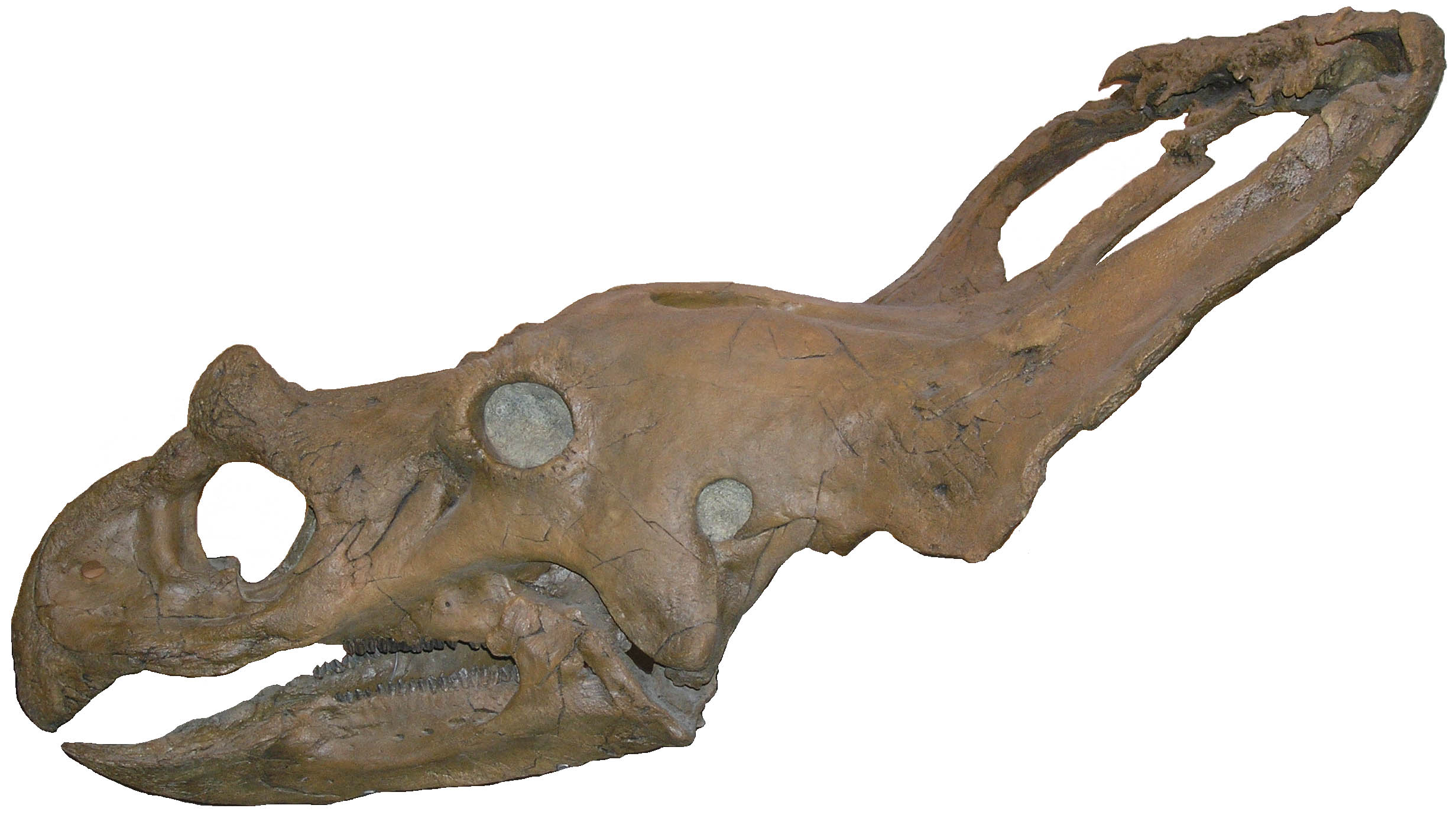Carpus and tarsus of Temnospondyli
DOI:
https://doi.org/10.18435/B5MW2QKeywords:
Temnospondyl, Carpus, Tarsus, Phylogeny, Eryops, Acheloma, Functional Morphology, PermianAbstract
The carpus of Eryops megacephalus and tarsus of Acheloma cumminsi known from complete and articulated individuals have provided the standard anatomy of these skeletal regions for temnospondyls. Restudy of the carpus of Eryops confirms the presence of only four digits, but refutes evidence for a prepollex, postminimus, and distal carpal 5. The supposed contact surface on centrale 1 for a prepollex is reinterpreted as part of the articulation for metacarpal 1 that includes distal carpal 1. Contrary to previous interpretations, a notch on the intermedium does not fit against the lateral corner of the radius. An articular surface on the distal end of the ulna thought previously to contact an absent postminimus fits against the ulnare. Preparation of the tarsus of the type specimen of Trematops milleri (junior synonym of Acheloma cumminsi) and a previously undescribed crus and pes of Eryops finds no evidence for a pretarsale in either genus. Centrale 4 of the tarsus shares a similar rectangular shape with a wide contact for the tibiale among several temnospondyls whether terrestrial or aquatic. Limited flexibility of the carpus of Eryops and a strong palmar arch are probably weight-bearing features. A proximal-distal line of flexibility is present along the tibial side of the tarsus between the tibiale and centrale 4 and between centrale 2 and centrale 1. A phylogenetic analysis of Temnospondyli including new characters of the carpus and tarsus reveals considerable instability, highlighting the significance of Dendrerpeton acadianum, Balanerpeton woodi, Capetus palustris, and Iberospondylus schultzei.Downloads
Downloads
Published
How to Cite
Issue
Section
License
Copyright (c) 2014 David Dilkes

This work is licensed under a Creative Commons Attribution 4.0 International License.
Submission of an article to Vertebrate Anatomy Morphology Palaeontology will be taken to mean that the article is an original work and not previously published or under consideration for publication elsewhere.
If the article is accepted for publication, it will be published on-line under Creative Commons Attribution 4.0 International (CC By 4.0) meaning:
Attribution — You must give appropriate credit, provide a link to the license, and indicate if changes were made. You may do so in any reasonable manner, but not in any way that suggests the licensor endorses you or your use.
No additional restrictions — You may not apply legal terms or technological measures that legally restrict others from doing anything the license permits.







